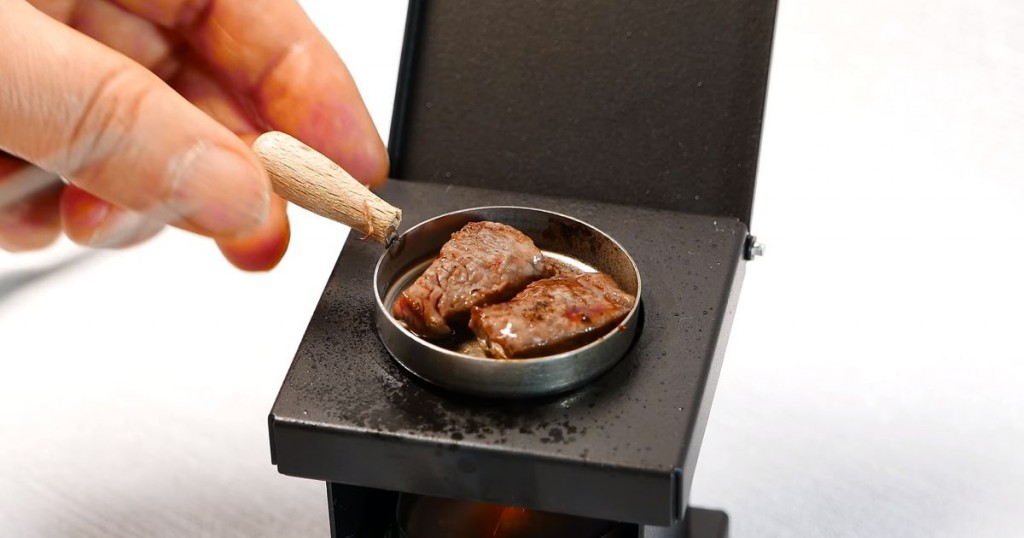Weighing, counting, and measuring food is exhausting. I’ve never liked it for myself and I’ve never recommended it to my clients. Mainly because it makes life miserable; taking the joy out of eating and turning health into a chore.
Realistically, there’s no need to ‘track’ when you’re eating the right foods. And with the foolproof principles laid out in Live It NOT Diet!, it’s pretty much impossible to fail.
But that being said, one of the foods that’s commonly under-eaten is animal protein – as even though you’re instructed to ‘Make Animal Protein Mandatory,’ this can leave a lot to the imagination.

Unfortunately, people are notorious for overestimating they’re protein intake. Leaving them hungry (1, 2, 3) and craving the wrong foods (1, 2) between meals, while burning less (1, 2, 3, 4, 5) with no prioritization of fat over muscle (1, 2, 3, 4, 5).
One study from July (2015) in the American Journal of Clinical Nutrition showed that doubling protein intake (15% to 30% of calories) made individuals eat 441 less calories per day, while losing 11 pounds (of mostly fat) in 12 weeks.
Without getting too side-tracked, this is one of the things that makes the advice from some Health & Fitness Experts laughable – as they have these numbers in mind from laboratory studies and textbooks on what people should consume without any clue of what that actually looks like. Making statements that check all the boxes, without looking at the diet as a whole to see whether it’s even possible:
- Ex – Elderly individuals should get most of their calories from fruits, vegetables and whole grains, while getting at least 1.6g of protein per kg of bodyweight to preserve muscle mass.
Because if they did, they’d realize a protein goal of 1.6g/kg of bodyweight requires A LOT OF MEAT at main meals. Meaning their advice to eat ‘mostly‘ fruits, vegetables and whole grains is not going to happen.

Point being, animal protein at main meals is Step #1, and filling up on it is required to reach the adequate daily range.
For instance, an average sized women (120 lbs) consuming 20-30g of protein at each meal, and an average sized man (180lbs) consuming 30-40g of protein at each meal, are looking at approximately 0.5-0.75g of protein per pound of bodyweight. Which is right where they need to be to maintain muscle.
The problem is, people end up at the lower end of things (0.5g per pound of bodyweight), or below the minimum, because the same experts telling them to hit a protein goal are telling them meat shouldn’t occupy most of their plate.
How the heck are you supposed to average 20-40g of protein at each meal without it being the majority of that meal?
4 eggs for breakfast (28g) and a chicken breast for lunch (25g) and you’re playing catch up come dinner time…and that’s if you’re an average size person!!

The reality is, hitting the ‘adequate’ protein line (0.5-0.75g) can be damn hard. And there’s no way for ‘other foods’ to be most of your meal if you’re serious about reaching it.
ESPECIALLY if you’re older (1, 2, 3, 4, 5, 6) or looking to gain muscle. At which point, aiming for 0.75-1g/lb of bodyweight, and mostly meat, seems more appropriate (1, 2).
Stay Lean!
Coach Mike
RELATED ARTICLES:
Why Grass-Fed Meat is Worth It
Eat More Meat, Burn More Fat. Period!
